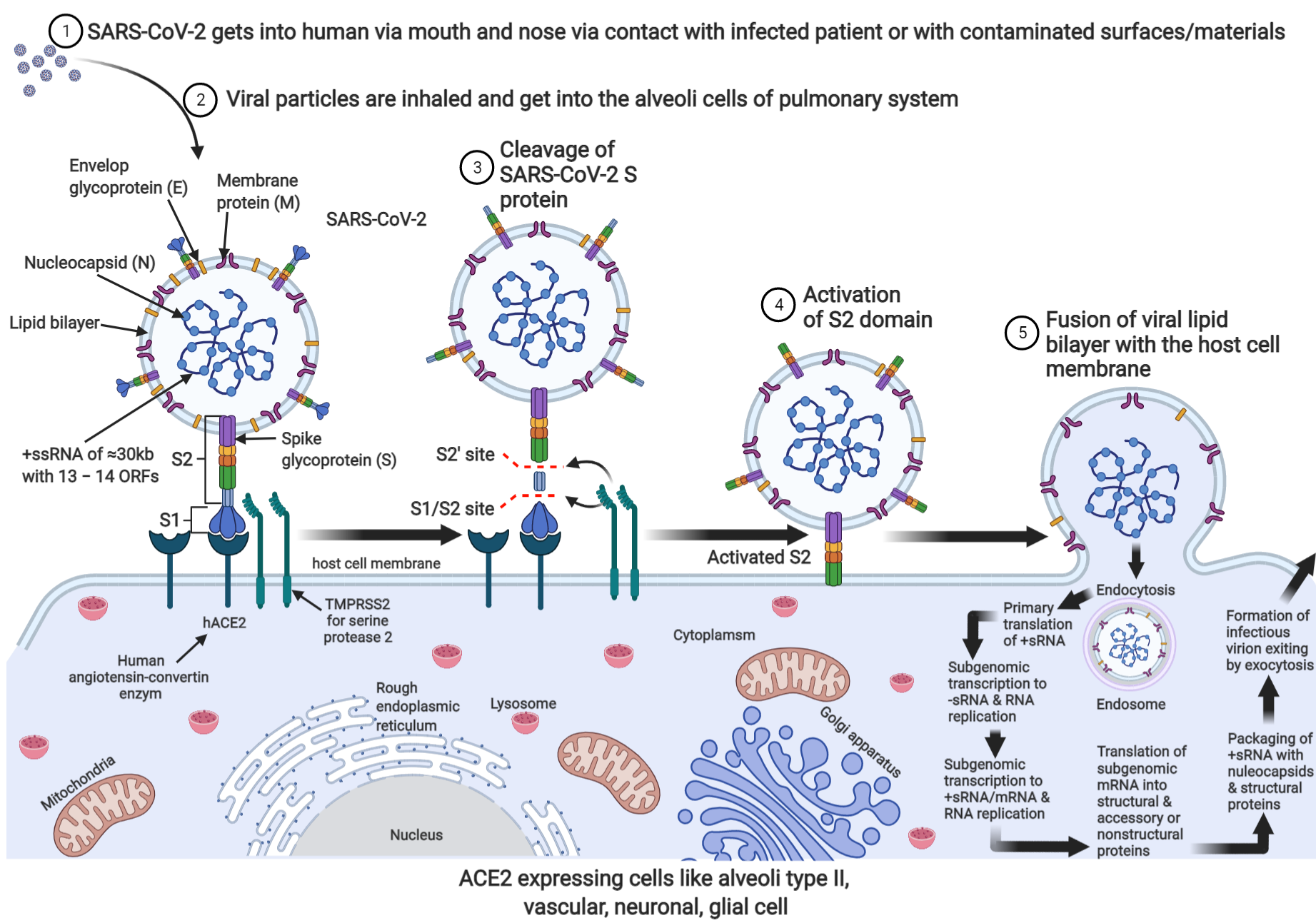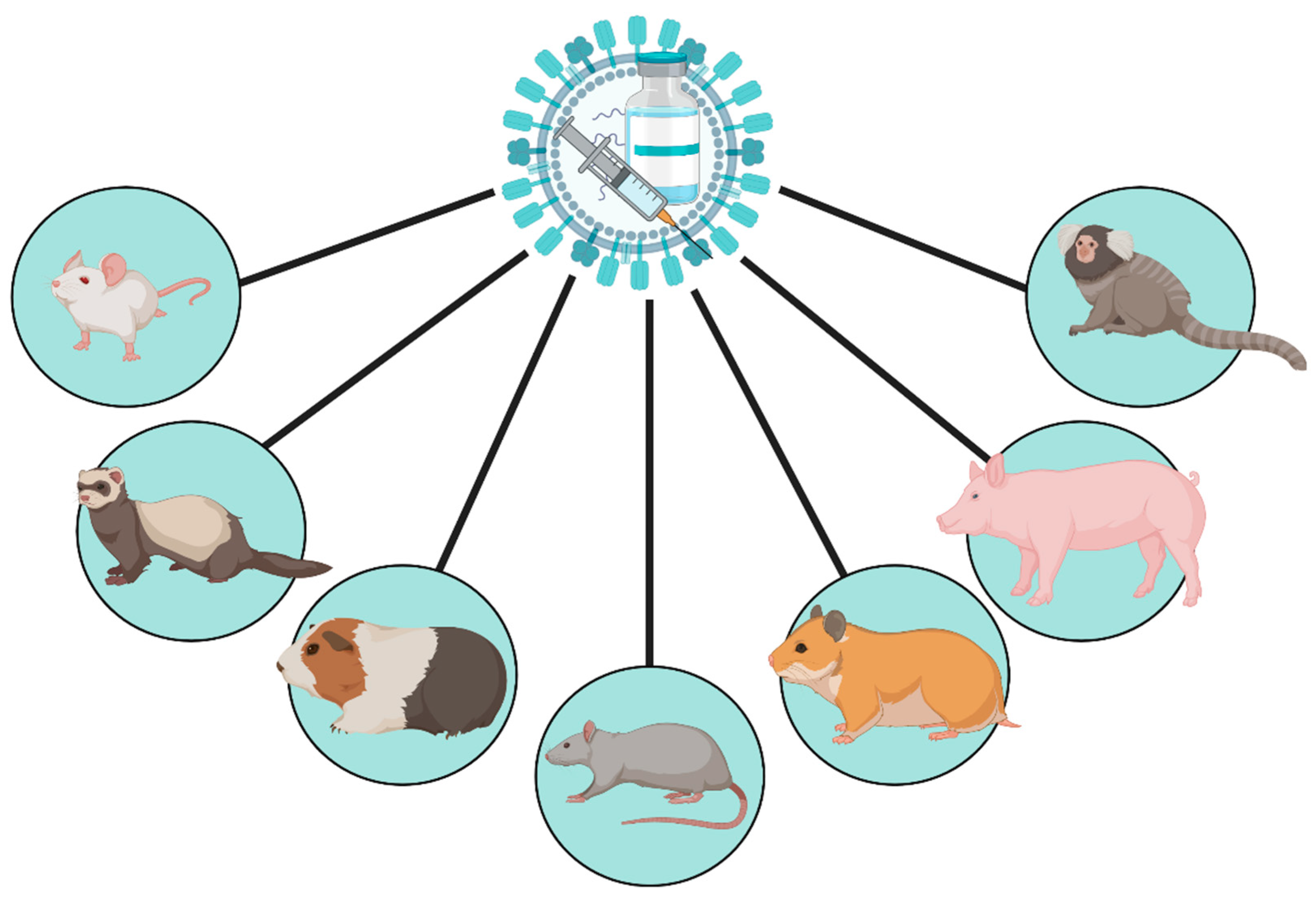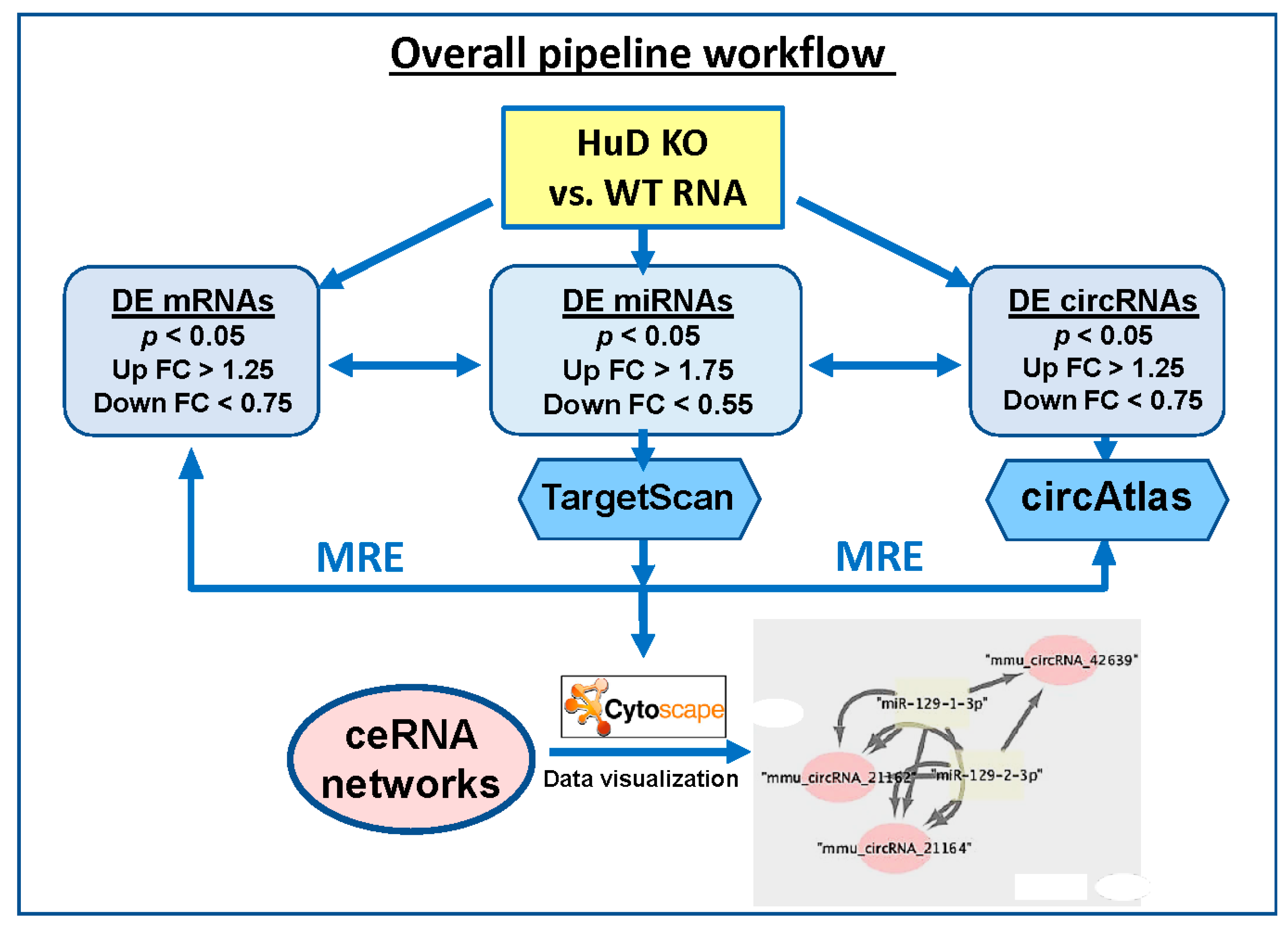Transgenic Animals Online Biology Notes

In 2003 the project was completed resulting in the sequencing of all human chromosomes.
Transgenic animals online biology notes. 2 study of diseases susceptibility to different diseases has been found to the genetically controlled transgenic animals can be used to study how genes take part in the development of diseases. The Human Genome Project revealed that the human genome contains only 20000 to 25000 genes. Transgenic animals have great importance as 1 to study the normal physiology and development working of genes their regulation etc.
Transgenic animals represent unique models that are custom tailored to address specific biological questions. Study of insulin-like growth factor. Transgenic animals 1.
Transgenic technology has led to the development of. The procedure is the same as that used for testing toxicity of drugs. The most common method for producing transgenic plants is Agrobacterium-mediated transformation Figure PageIndex1Agrobacterium tumifaciens is a soil bacterium that as part of its natural pathogenesis injects its own tumor-inducing T i plasmid into cells of a host plantThe natural T i plasmid encodes growth-promoting genes that cause a gall ie.
It occurs as a sessile attached by a stalk to the substratum. In addition to the gene itself the DNA usually includes other sequences to enable it to be incorporated into the DNA of the host and to be expressed correctly by the cells of the host. August 11 2021 by Laxmi Neupane.
Gardnerella vaginalis associated Bacterial Vaginosis BV. However there are many ethical issues regarding the use of transgenic animals because the genome of transgenic animals is deliberately modified. Clinical cultural and Biochemical diagnosis.
A transgenic animal is an animal in which one or more genes have been introduced into its nonreproductive cells. Improvement in the genetic characteristics of livestock and other domestic animals eg high milk yield weight gain etc in the early. These are the animals whose genome has been altered by introduction of a foreign gene by manipulation.



















